This year Tu YoYo, a Chinese female scientist in Beijing (born in 1930), won the Lasker (Clinical Medicine) Award for her pioneering work to develop a natural compound called “Artemisinin” as an effective anti-malaria drug useful for the treatment of multi-drug resistant malaria strains. Her project, initially coined “523", began on May 23, 1967, towards the end of Mao’s Cultural Revolution, and several years later her team found in a Chinese traditional medicine called “Qinghao” (Artemisia annua L., or sweet wormwood) this new anti-malaria compound.
Interestingly, this year Christian Doerig’s group in Switzerland found that like AIDS virus and H. pylori (bacteria causing stomach ulcer and cancer) , malaria requires the oncogenic kinase PAK1 for its infection (1). In other words some of currently used anti-malaria drugs could cure malaria by blocking PAK1. Yes, Artemisinin happens to be among these PAK1-blocking anti-malaria drugs. Back to 2007, a group at Chinese Academy of Sciences in Shanghai found that this drug inactivates both the G protein RAS and the kinase RAF in T cells (2), clearly indicating that PAK1 is blocked by this drug, because RAS and RAF work just upstream and downstream of PAK1, respectively.
As previously mentioned, more than 70% of cancers in particular solid tumors such as pancreatic and colon cancers, require PAK1 for their growth. In other words, Artemisinin and other PAK-blocking anti-malaria drugs would be potentially useful for the therapy of these PAK1-dependent tumors as well. Yes, in 2010, a Chinese group at Guangdong Medical College clearly demonstrated that a water-soluble derivative of Artemisinin called “Artesunate” (100 mg/kg, i.p., daily) completely blocks the growth of human pancreatic cancer xenografts in mice without any side effect (3).
References:
1. Sicard, A., Semblat, JP., Doerig, C., Hamelin, R. et al. Activation of PAK-MEK
signaling pathway in Malaria parasite-infected erythrocytes. Cell Microbiol. 2011, 13,
836-45.
2. Wang, JX., Tang, W., Shi, LP., Wan, J. et al. Investigation of the immunosuppressive
activity of artemether on T-cell activation and proliferation. Brit. J. Pharmacol. 2007,
150, 652-61.
3. . Du, JH., Zhang, HD., Ma, ZJ., Ji, KM. Artesunate induces oncosis-like cell death in
vitro and has anti-tumor activity against pancratic cancer xenografts in vivo.
Cancer Chemother. Pharmacol. 2010, 65, 895-902.
2011年9月24日土曜日
2011年9月20日火曜日
抗マラリア薬 「アルテミシニン」もPAK遮断剤!
北京の女性科学者 (1930年生まれ)、屠ヨウヨウ氏(ヨウは口偏に「幼」) が、1972年
頃に抗マラリア作用のある中国伝統の漢方薬、ヨモギ属の植物であるクソニンジ
ン (Artemisia annua) から、アレテミシニン (青蒿素) という有効成分を同定し、
それをクロロキンなどの従来の抗マラリア薬に耐性を示すマラリアにも効く新し
い治療薬として、開発した業績に対して、2011年にラスカー(臨床医学) 賞が贈ら
れた。中国では、彼女をアジア最初の女性ノーベル賞候補として、高く評価して
いる。
前述したが、マラリア感染には、エイズ感染やピロリ菌感染と同様、宿主細胞内の
PAKと呼ばれるキナーゼが活性化されることが必須であることが、最近になって判
明した。従って、これらの伝染病の治療薬の中に、PAK遮断剤が発掘される可能性
が十分ある。実際、マラリアや癌の治療に使われているクロロキンやグローカルビノン、
クルクミン、レスベラトロール、プロポリスなどの生薬には、PAK遮断作用があ
ることが既に知られている。
面白いことには、2007年頃に、上海にある中国科学アカデミーの王グループによっ
て、アルテミシニンがT 細胞で、RAS や RAFを抑制することが報告されているこ
とがわかった。PAKがRASにより活性化され、更にRAFを活性化することから、アル
テミシニンもPAKを遮断することは明白である (1)。 さらに、マウスなどを使う動物
実験 (水溶性誘導体 「アルテスネイト」、100 mg/kg) で、PAK依存性のすいぞう癌
などの増殖が強く抑制されることが、広東医科大学のグループによって報告
されている (2)。 これらの抗マラリア薬は、従来の制癌剤と違って、
副作用が極めて少なく、また (開発途上国向けに生産、販売されているため)、
薬価が極めて安い (毎日の経口量が 50-100 mg で、 50mg 錠剤が200円)。
皮肉なことであるが、この「アルテミシニン」開発プロジェクトは、ベトナム戦争
の副産物だった。中国国内では、1967年当時、もはやマラリアはそれほど蔓延し
ていなかったが、(ベトコンを助けるために) ベトナム戦争に従軍した八路軍
(中国軍) には、密林でマラリアに感染して病死する兵士が絶えなかった。そこで、
毛沢東の命令により、マラリア撲滅プロジェクト (523) が、(「文化大革命」末
期の) 1967年5月23日に開始された。その指揮を取ったのが、当時37歳のこの
女性科学者だった。従って、もし「ベトナム戦争」がなかったら、恐らく「アルテミ
シニン」は、中国では誕生しなかっただろう。。。
参考文献:
1. Wang, JX., Tang, W., Shi, LP., Wan, J. et al. Investigation of the immunosuppressive activity of artemether on T-cell activation and proliferation. Brit. J. Pharmacol. 2007, 150, 652-61.
2. Du, JH., Zhang, HD., Ma, ZJ., Ji, KM. Artesunate induces oncosis-like cell death in vitro and has anti-tumor activity against pancratic cancer xenografts in vivo.
Cancer Chemother. Pharmacol. 2010, 65, 895-902.
頃に抗マラリア作用のある中国伝統の漢方薬、ヨモギ属の植物であるクソニンジ
ン (Artemisia annua) から、アレテミシニン (青蒿素) という有効成分を同定し、
それをクロロキンなどの従来の抗マラリア薬に耐性を示すマラリアにも効く新し
い治療薬として、開発した業績に対して、2011年にラスカー(臨床医学) 賞が贈ら
れた。中国では、彼女をアジア最初の女性ノーベル賞候補として、高く評価して
いる。
前述したが、マラリア感染には、エイズ感染やピロリ菌感染と同様、宿主細胞内の
PAKと呼ばれるキナーゼが活性化されることが必須であることが、最近になって判
明した。従って、これらの伝染病の治療薬の中に、PAK遮断剤が発掘される可能性
が十分ある。実際、マラリアや癌の治療に使われているクロロキンやグローカルビノン、
クルクミン、レスベラトロール、プロポリスなどの生薬には、PAK遮断作用があ
ることが既に知られている。
面白いことには、2007年頃に、上海にある中国科学アカデミーの王グループによっ
て、アルテミシニンがT 細胞で、RAS や RAFを抑制することが報告されているこ
とがわかった。PAKがRASにより活性化され、更にRAFを活性化することから、アル
テミシニンもPAKを遮断することは明白である (1)。 さらに、マウスなどを使う動物
実験 (水溶性誘導体 「アルテスネイト」、100 mg/kg) で、PAK依存性のすいぞう癌
などの増殖が強く抑制されることが、広東医科大学のグループによって報告
されている (2)。 これらの抗マラリア薬は、従来の制癌剤と違って、
副作用が極めて少なく、また (開発途上国向けに生産、販売されているため)、
薬価が極めて安い (毎日の経口量が 50-100 mg で、 50mg 錠剤が200円)。
皮肉なことであるが、この「アルテミシニン」開発プロジェクトは、ベトナム戦争
の副産物だった。中国国内では、1967年当時、もはやマラリアはそれほど蔓延し
ていなかったが、(ベトコンを助けるために) ベトナム戦争に従軍した八路軍
(中国軍) には、密林でマラリアに感染して病死する兵士が絶えなかった。そこで、
毛沢東の命令により、マラリア撲滅プロジェクト (523) が、(「文化大革命」末
期の) 1967年5月23日に開始された。その指揮を取ったのが、当時37歳のこの
女性科学者だった。従って、もし「ベトナム戦争」がなかったら、恐らく「アルテミ
シニン」は、中国では誕生しなかっただろう。。。
参考文献:
1. Wang, JX., Tang, W., Shi, LP., Wan, J. et al. Investigation of the immunosuppressive activity of artemether on T-cell activation and proliferation. Brit. J. Pharmacol. 2007, 150, 652-61.
2. Du, JH., Zhang, HD., Ma, ZJ., Ji, KM. Artesunate induces oncosis-like cell death in vitro and has anti-tumor activity against pancratic cancer xenografts in vivo.
Cancer Chemother. Pharmacol. 2010, 65, 895-902.
登録:
投稿 (Atom)










































































![リオ五輪男子体操団体:日本(金)、ロシア[銀]、中国[銅]。](https://blogger.googleusercontent.com/img/b/R29vZ2xl/AVvXsEjHS61FORcH43CteZVfJzLmbqvNwOIliOSMpTpRtEi7x8j1ZwPk5rDaZovTrwuZxfDDtdEDSj673it735LF0mweIunaj7ja07lURBDYTV6wPMaAlumFt3aWWzYbHZgIaxcOLk_OKEMyQ3lX/s1600/2016+taiso+gold.jpg)
![皇太子(明仁)による沖縄訪問 [1975年]](https://blogger.googleusercontent.com/img/b/R29vZ2xl/AVvXsEjvSQrzV7yw_4gVQSwxZP_jh4VnEJscSqOqbiBh0VdAK3CRddXRqkd70JdLyws9fGejk-FGVmXWbHvSxlF3f8UogTyf9KXbqU1NGXesvcx2Hlsd6uq81AHweeioc61wynq3d2IYuyolijgT/s1600/akihito+message.jpg)




















































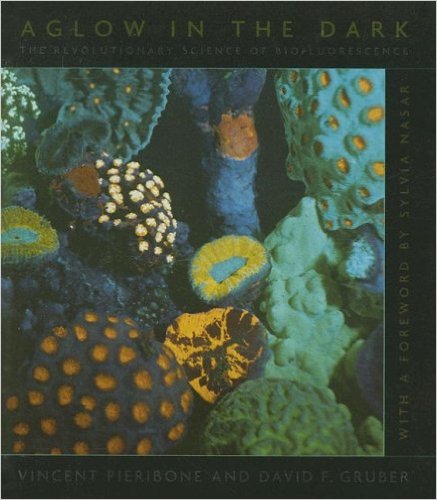














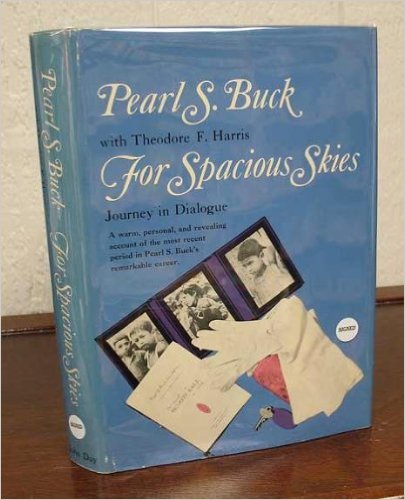














































































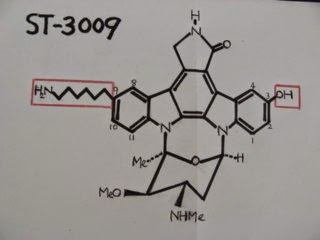







































![アルニカ [ウサギ菊]](https://blogger.googleusercontent.com/img/b/R29vZ2xl/AVvXsEilqv0qou-4NpoUh1PFWYK0FSaozKazee0VYGxsFtfjBma46ya9yxqB6X9Ziuob25tNRpBbnFIcUFlOEjz1WcAjVNzjGl1E-QbDgE7VOLkjZDx0eplJ1WJHf0fTEWXxf8F5G-cHUhqHELY9/s1600/ArnicaS.jpg)


















































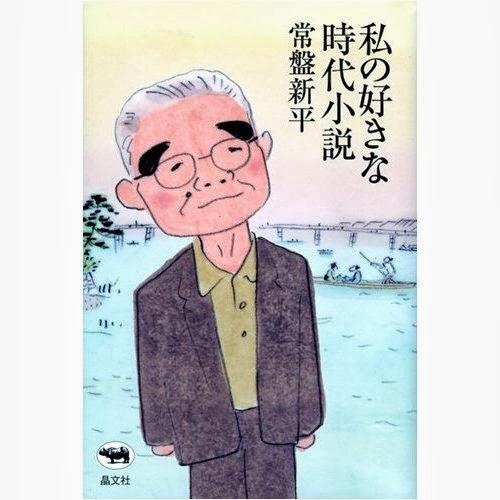










































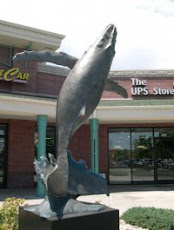










































.jpg)
















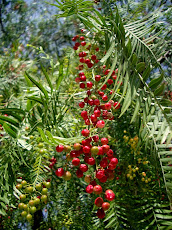















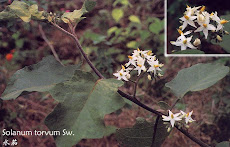







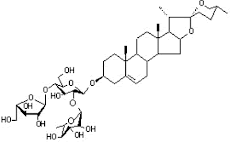















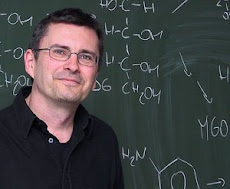


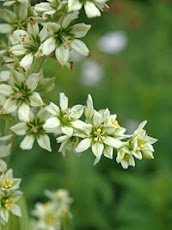








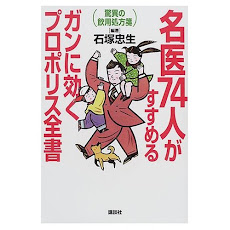



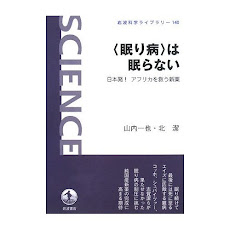












.jpg)















































